Many inventions have dramatically changed our lives, but not all of them get the recognition they deserve. Some seemingly simple creations have had a profound impact on modern living, quietly shaping our daily routines and industries. These underrated inventions, often overlooked, play crucial roles in our comfort, convenience, and efficiency. Here, we explore 20 such innovations that have made a significant difference in the way we live today.
The Zipper
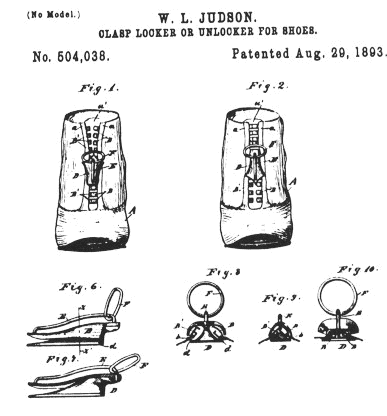
The zipper, invented by Whitcomb Judson in 1893, revolutionized clothing design and manufacturing. Its interlocking teeth provided a quick and reliable fastening method, replacing buttons and hooks. Zippers became essential in various industries, from fashion to camping gear. Over time, their design evolved to ensure durability and smooth operation. Today, zippers are ubiquitous, making them an integral part of everyday life.
The Ballpoint Pen
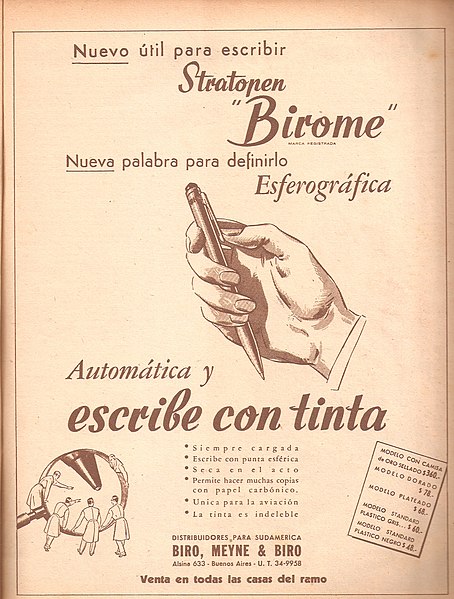
In 1938, László Bíró patented the ballpoint pen, offering a cleaner and more reliable alternative to fountain pens. The pen’s rolling ball mechanism evenly distributes ink, reducing smudges and leaks. Its affordability and convenience made it a staple in schools, offices, and homes worldwide. The ballpoint pen democratized writing, making it accessible to people of all backgrounds. Its impact on education and communication is immeasurable.
The Safety Pin

Walter Hunt invented the safety pin in 1849, providing a simple yet effective solution for fastening fabrics. Its clasp mechanism prevented accidental pricks, ensuring user safety. The safety pin quickly became indispensable in clothing, baby care, and first aid. Its versatility and ease of use have kept it relevant for over a century. This small invention continues to play a significant role in everyday tasks.
The Bicycle
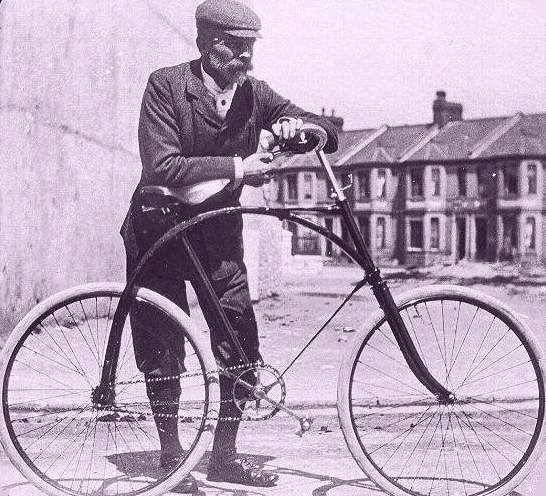
The modern bicycle, developed in the 19th century, transformed personal transportation. It offered an affordable, efficient, and eco-friendly mode of travel, promoting physical fitness. Bicycles contributed to social change, providing greater mobility and independence, especially for women. They also played a crucial role in early automotive development by influencing tire and frame technology. Today, bicycles remain a popular means of transportation and recreation.
The Electric Fan

The invention of the electric fan in the late 19th century brought significant comfort to homes and workplaces. By circulating air, fans provided relief from heat and improved ventilation. This simple device enhanced productivity and well-being during hot weather. Over time, advancements in design and energy efficiency have made electric fans more effective and accessible. Their continued use underscores their importance in everyday life.
The Traffic Light
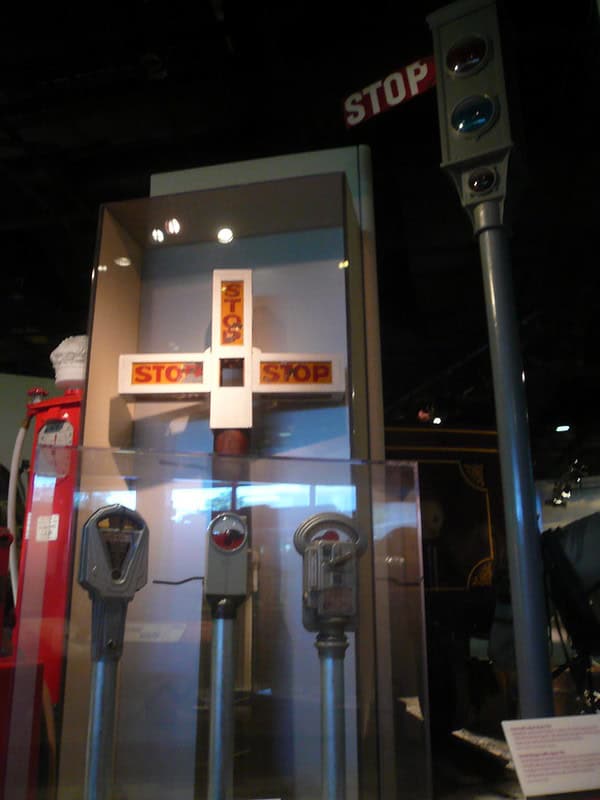
Garrett Morgan’s invention of the traffic light in 1923 improved road safety and traffic management. By using a three-color system, it provided clear signals for drivers and pedestrians, reducing accidents. Traffic lights became essential for urban planning, facilitating smooth and orderly vehicle flow. Their implementation worldwide has drastically decreased traffic-related fatalities. This invention remains a cornerstone of modern transportation infrastructure.
The Paperclip

The paperclip, patented by Johan Vaaler in 1899, simplified document organization. Its minimalist design allowed for easy attachment and removal of papers without damage. The paperclip became a universal office supply, essential for managing paperwork. Its impact extends beyond offices, as it is used in creative problem-solving and everyday tasks. This small, inexpensive tool exemplifies functional design at its best.
The Electric Kettle

Invented in the early 20th century, the electric kettle revolutionized the way we boil water. Its rapid heating capability made it a kitchen essential for tea, coffee, and cooking. The automatic shut-off feature ensured safety and energy efficiency. Electric kettles have become a staple in households worldwide, reflecting their convenience and reliability. Their enduring popularity highlights their role in modern kitchen practices.
The Velcro

George de Mestral’s invention of Velcro in 1941 introduced a new fastening method inspired by nature. The hook-and-loop design provided a secure and adjustable closure, ideal for clothing, shoes, and various industrial applications. Velcro’s versatility and ease of use made it a favorite in many fields, from fashion to aerospace. Its impact on product design and functionality is profound, showcasing innovative thinking. Velcro remains a widely used and trusted fastening solution.
The Disposable Diaper

Marion Donovan’s creation of the disposable diaper in the mid-20th century transformed child care. By offering a convenient and hygienic alternative to cloth diapers, it simplified the lives of parents. Disposable diapers quickly became a global industry, with advancements improving comfort and absorbency. Their impact on parenting and child care practices is significant, reflecting modern life’s demands. This invention continues to evolve, addressing environmental concerns.
The Barcode

Invented by Norman Joseph Woodland and Bernard Silver in 1952, the barcode revolutionized inventory management and retail. Its encoded information streamlined the checkout process and improved accuracy in tracking goods. Barcodes became essential in various industries, from healthcare to logistics. Their widespread adoption has significantly enhanced efficiency and data management. This simple yet powerful tool remains a cornerstone of modern commerce.
The Post-it Note

Arthur Fry and Spencer Silver’s invention of the Post-it Note in 1974 introduced a new way to organize thoughts and reminders. The adhesive-backed paper allowed for easy attachment and removal without residue. Post-it Notes became indispensable in offices, schools, and homes, fostering creativity and productivity. Their impact on communication and organization is profound, highlighting the power of simplicity. This invention continues to inspire new uses and innovations.
The Microwave Oven

The microwave oven, developed by Percy Spencer in 1945, revolutionized cooking by using electromagnetic waves to heat food quickly. Its convenience and speed made it a kitchen essential, transforming meal preparation. Microwave ovens have evolved with features like defrosting and grilling, enhancing their versatility. Their impact on modern culinary practices is undeniable, reflecting changes in lifestyle and convenience. This invention remains a staple in kitchens worldwide.
The Smoke Detector

The invention of the smoke detector in the 1960s brought a significant advancement in home safety. By detecting smoke and alerting occupants, it drastically reduced fire-related fatalities and property damage. Smoke detectors became mandatory in residential and commercial buildings, saving countless lives. Their development has included features like carbon monoxide detection and interconnected alarms. This life-saving device underscores the importance of proactive safety measures.
The Flash Drive

The invention of the flash drive in the late 1990s by IBM revolutionized data storage and transfer. Its compact size and large capacity provided a portable solution for carrying and sharing digital files. Flash drives replaced bulky storage devices, offering greater convenience and reliability. Their impact on data management and information technology is significant, reflecting the digital age’s demands. This invention continues to evolve with increased capacities and faster speeds.
The Universal Serial Bus (USB)

The introduction of the USB standard in 1996 simplified the connection of peripherals to computers. Its plug-and-play functionality eliminated the need for multiple ports and connectors. USB became a universal interface for devices like keyboards, mice, and external drives, enhancing compatibility and ease of use. Its impact on technology and consumer electronics is profound, reflecting the need for standardized connectivity. This invention remains a fundamental aspect of modern computing.
The Swivel Chair
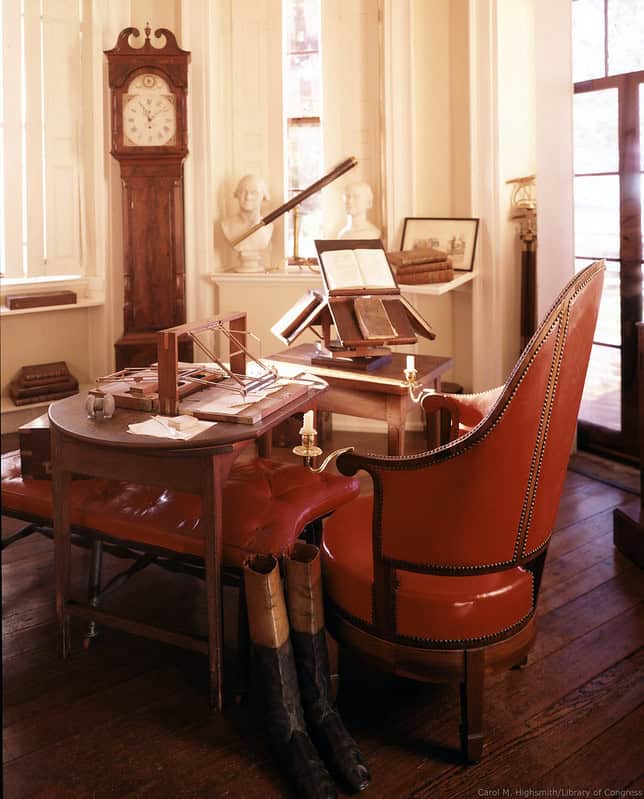
The swivel chair, invented by Thomas Jefferson in the 18th century, introduced mobility and flexibility to seating. Its rotating design allowed for greater freedom of movement, improving comfort and productivity. Swivel chairs became essential in offices, fostering dynamic work environments. Their impact on ergonomics and office design is significant, reflecting changes in work practices. This invention continues to evolve with advancements in materials and adjustability.
The Coffee Filter

Melitta Bentz’s invention of the coffee filter in 1908 transformed the brewing process. By using a paper filter, she eliminated the bitterness caused by coffee grounds, resulting in a smoother taste. Coffee filters became a standard in households and cafes, enhancing the coffee-drinking experience. Their simplicity and effectiveness have kept them relevant for over a century. This invention highlights the importance of small innovations in everyday life.
The Credit Card

The introduction of the credit card in the mid-20th century revolutionized consumer finance. By providing a convenient and secure method of payment, it transformed shopping and personal finance. Credit cards facilitated global commerce, enabling transactions across borders. Their impact on the economy and consumer behavior is profound, reflecting changes in spending habits and financial management. This invention continues to evolve with advancements in security and technology.
The Remote Control

The invention of the remote control in the 1950s brought convenience to home entertainment. By allowing users to operate devices from a distance, it enhanced the user experience for televisions and other appliances. Remote controls became essential for modern living, offering greater control and accessibility. Their development has included features like voice control and smart integration. This invention underscores the importance of convenience in everyday life.
This article originally appeared on Rarest.org.
More From Rarest.Org
Soccer clubs worldwide are known for their immense value and rich histories. The top-priced clubs are not just teams but global brands with huge followings. Read more.
Vintage toy cars are more than just playthings. They capture the imagination and history of automotive design. These miniature marvels are cherished by collectors worldwide for their craftsmanship and nostalgic value. Read more.
19 Rare and Mysterious Deep-Sea Creatures

Discovering the rare and unusual antelope species of the world is a journey into the unique diversity of wildlife. These antelopes are not just rare but possess unique characteristics that set them apart. Read more.


